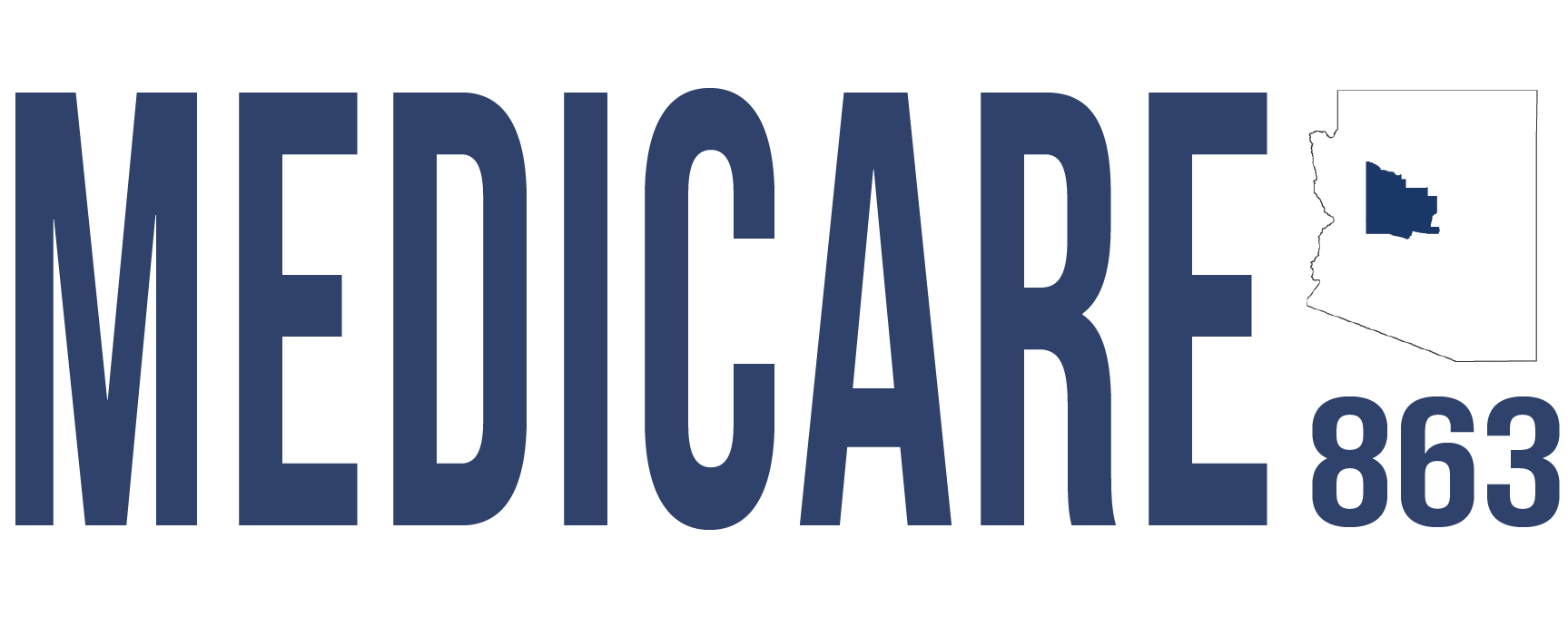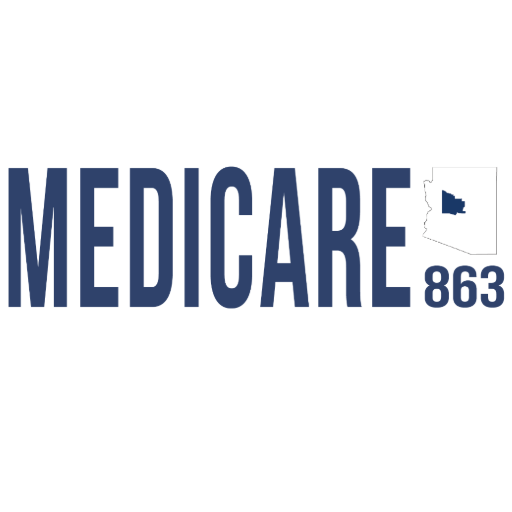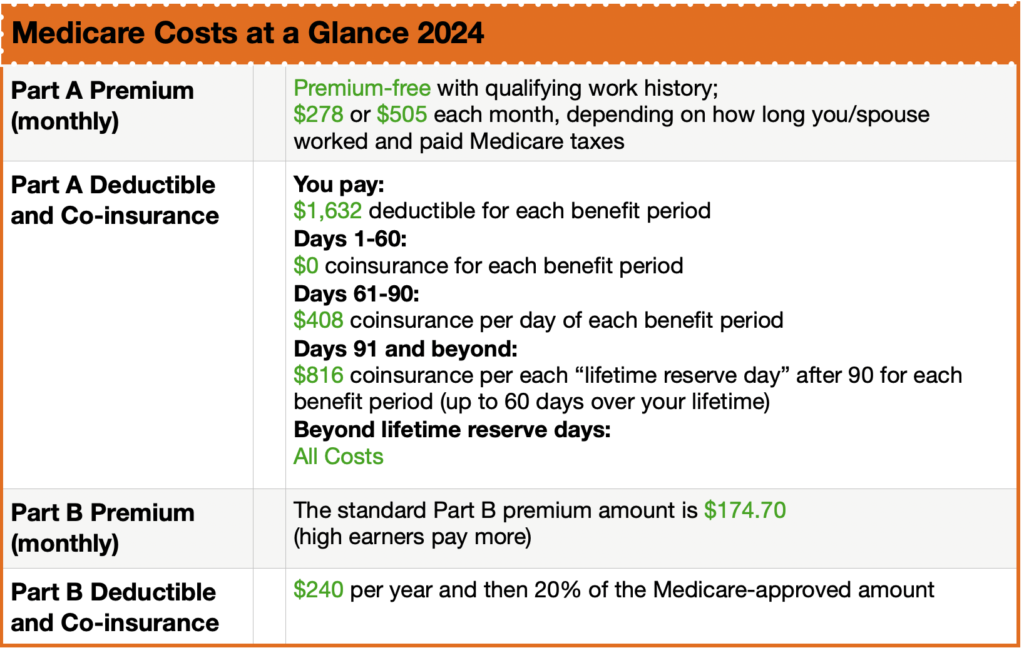Medicare Savings Plans
What is Medicaid?
Medicaid is a state-run health insurance program that pays for a broad range of medical services for people with low income and resources. Each state runs its own Medicaid program, so eligibility and additional program benefits may vary by state.
Basic services include doctor visits, inpatient and outpatient hospital services, lab tests, x-rays, medical transportation, family planning services, nursing facility services, home health, and nurse practitioner services.
Medicaid also administers the federally funded Medicare Savings Programs
.
Can people with Medicare also have Medicaid?
People who have Medicare can also receive Medicaid, if they meet their state’s eligibility criteria. These people are often called “dual eligibles” or “duals.” Medicaid can cover Medicare co-payments and deductibles and services not covered by Medicare that may be available in your state’s Medicaid program, such as vision, hearing, and dental care.
Medicaid is no longer the primary payer of prescription drugs for people who are enrolled in Medicare. People who have both Medicaid and Medicare will receive help paying for their prescriptions through Medicare Part D. In certain states, Medicaid may cover certain drugs that Medicare does not. In addition, people who are enrolled in both Medicaid and Medicare will automatically qualify for the Medicare Part D Low Income Subsidy (LIS/Extra Help).
Medicare Savings Programs (MSPs) are Medicaid-administered programs for people on Medicare who have limited income and resources. These programs help those qualified to afford Medicare. There are four different Medicare Savings Programs, each with different income and resource eligibility limits.
What are the advantages of Medicare Savings Programs?
Seniors and younger adults with disabilities who may not qualify for full Medicaid may still be able to enroll in the Medicare Savings Programs. There are two major advantages to doing so:
Saving money on Medicare costs.
Three of the four MSPs cover the Medicare Part B premium, which in 2022 is $170.10 a month for individuals who receive help with their premiums . Enrollment in MSPs puts over $1,700 back into the wallets of seniors/adults with disabilities each year.
Automatic Extra Help. Enrollment into MSPs automatically “deems” a person eligible to receive the Medicare Part D Low Income Subsidy (LIS/Extra Help). This benefit helps pay for prescription drugs and is estimated by the Social Security Administration to have an annual value of $4,900. Furthermore, if a senior/adult with disabilities is not already enrolled in Part D, they will have no late enrollment penalty if they receive Extra Help.
What are the Medicare Savings Programs?
Medicare Savings Programs (MSPs) are Medicaid-administered programs for people on Medicare who have limited income and resources. These programs help those qualified to afford Medicare. There are four different Medicare Savings Programs, each with different income and resource eligibility limits.
Arizona Health Care Cost Containment System
Arizona Health Care Cost Containment System (AHCCCS) is Arizona's Medicaid agency that offers health care programs to serve Arizona residents. Individuals must meet certain income and other requirements to obtain services. These are the limits for 2024:
Contact Susan Tighe for help today at (602)-705-1462! Susan lives locally and is focused on serving the Yavapai County senior population, and can guide you through your options.




